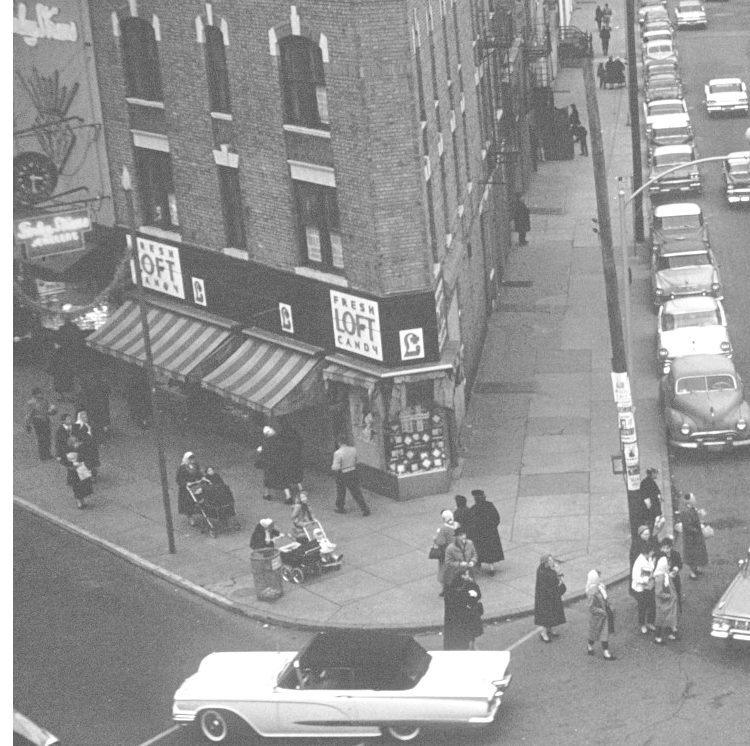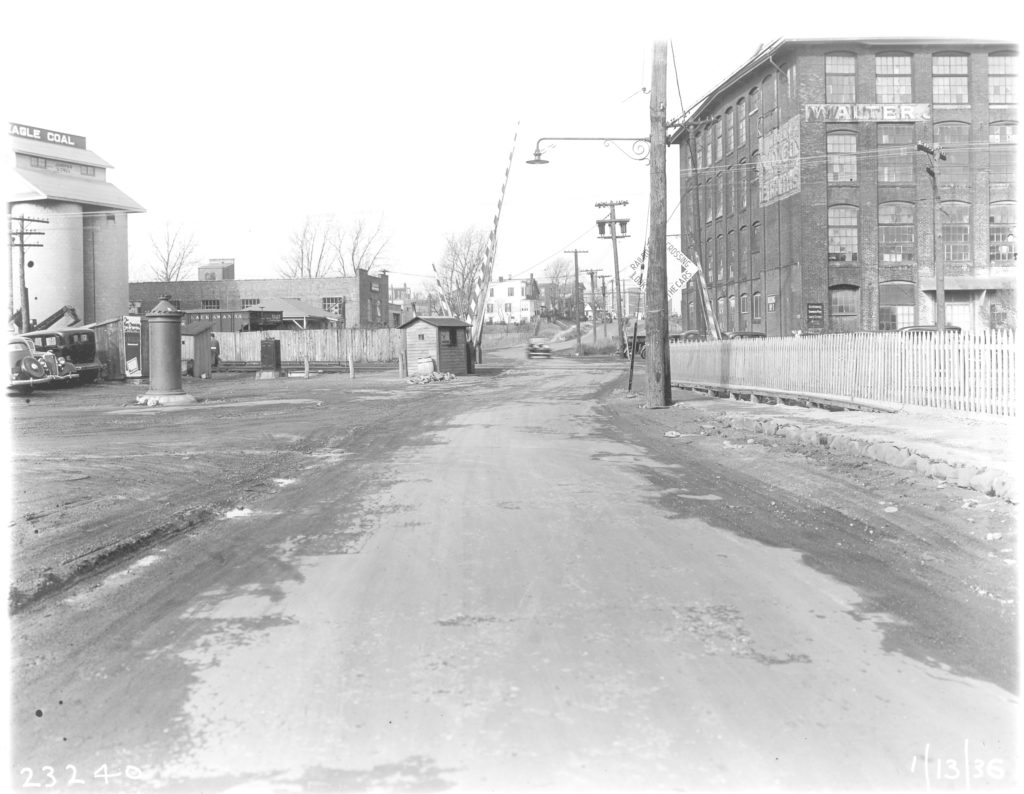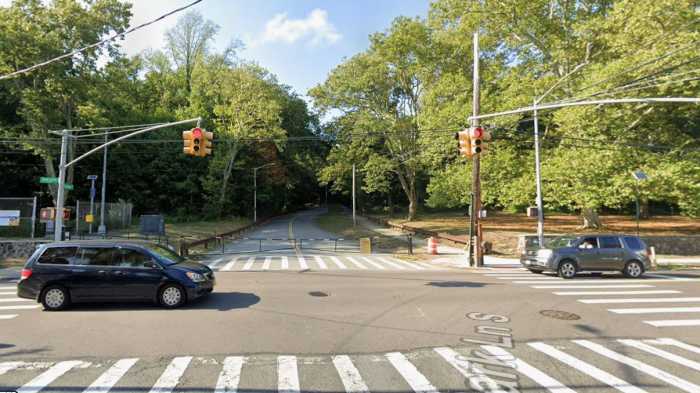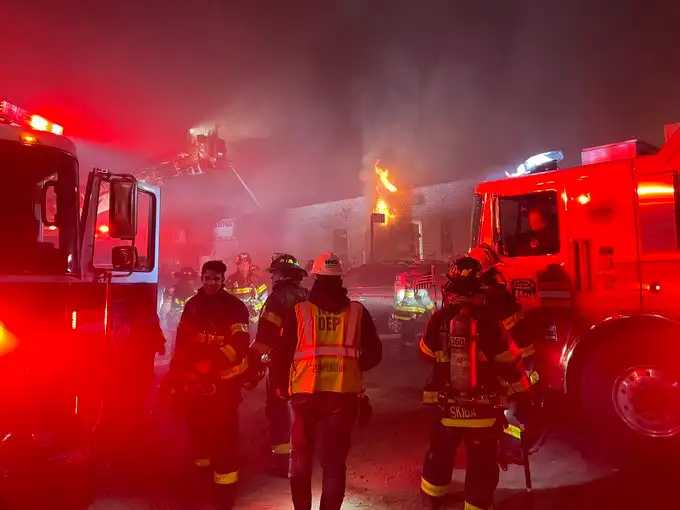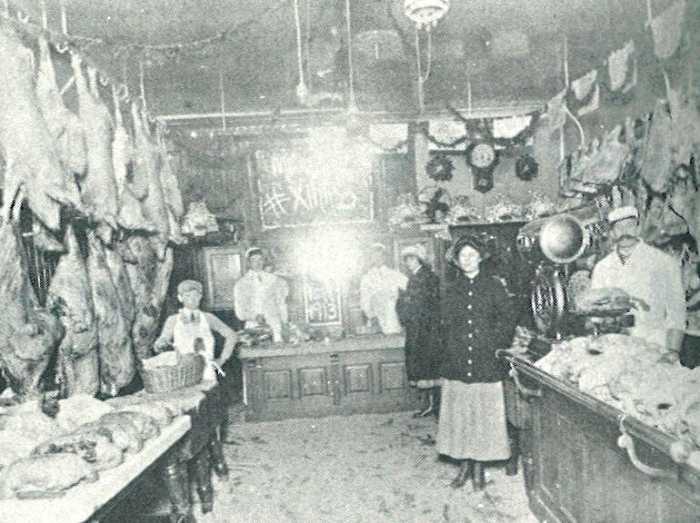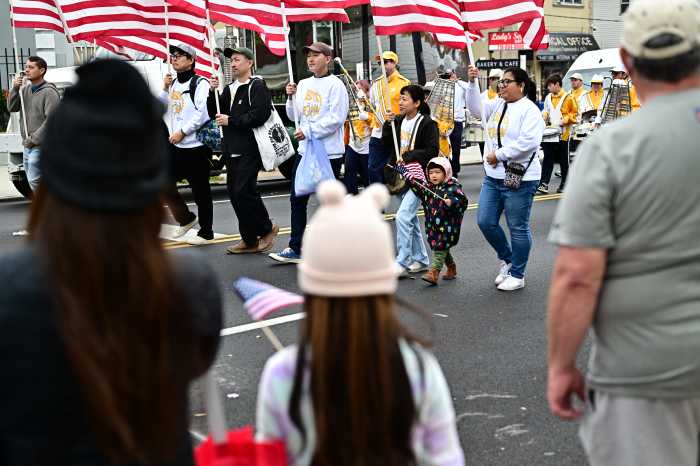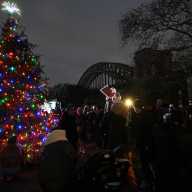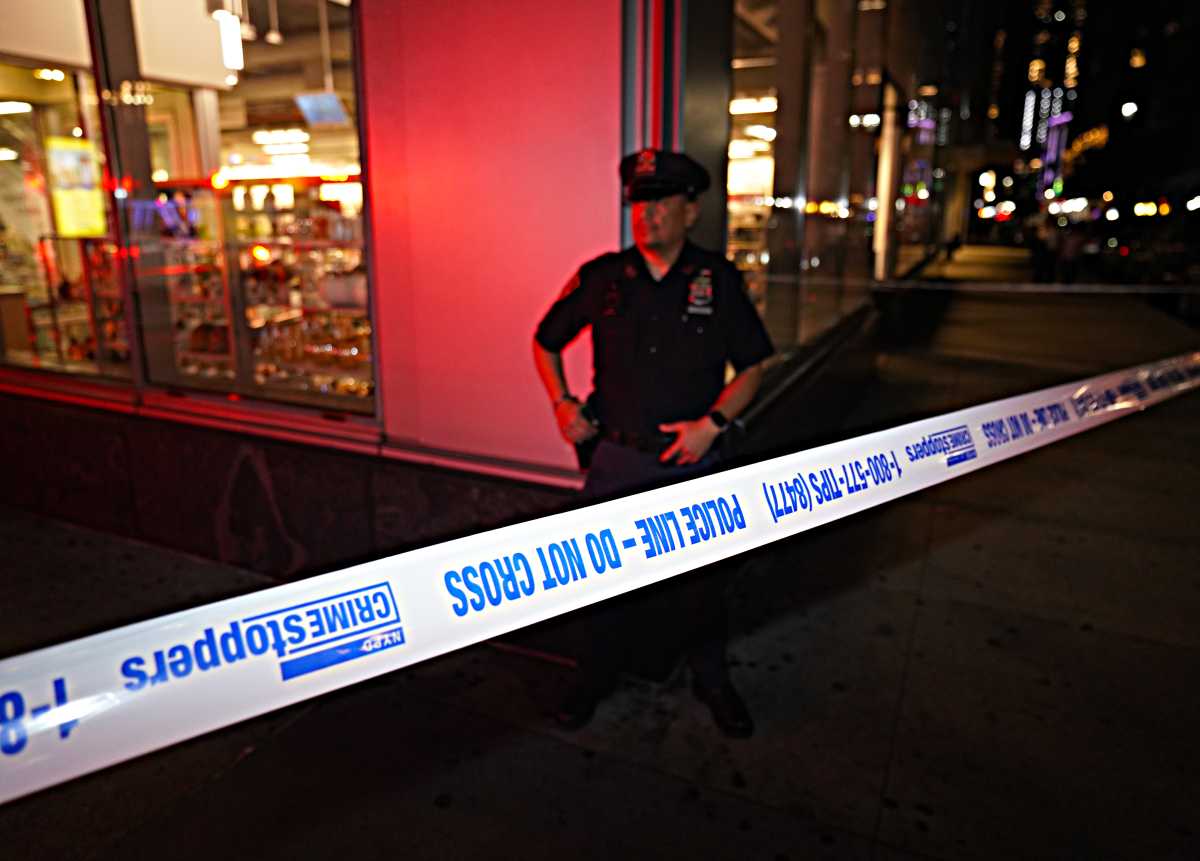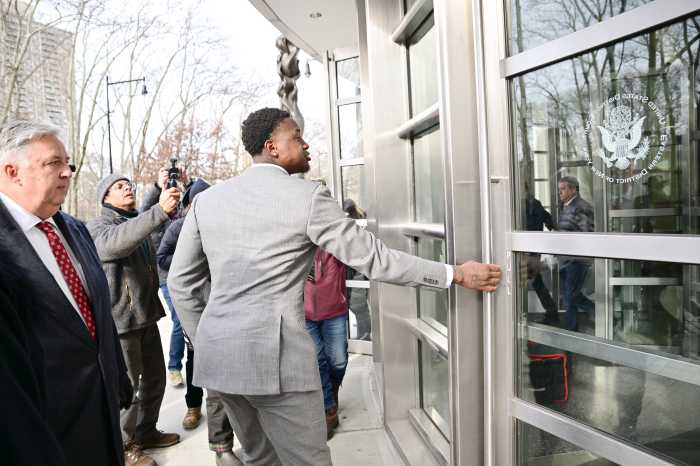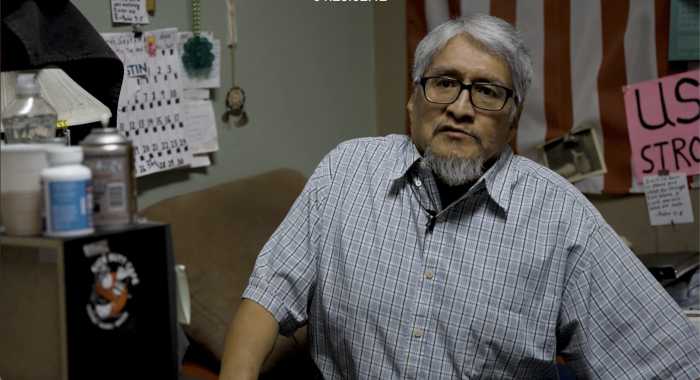This week, we have a story that should appeal to those with a sweet tooth and an appreciation for chocolate.
Years ago, when candy chains that operated their own retail stores had locations on neighborhood shopping strips, such brand names as Loft, Barton, Barracini and Fanny Farmer were easily found.
Of the two photos appearing this week, the more recent one was taken by reader George Klos from a Myrtle Avenue rooftop in 1959. It shows the Loft store that was located on the northwest corner of Myrtle Avenue at Onderdonk Avenue in Ridgewood. The shop later became a pizzeria.
As we shall see, Loft’s Candy had a connection to Glendale that involved something other than a retail location.
On June 10, 1902, the American Grass Products Company purchased 18.72 acres of land on the southeast corner of Cooper Avenue and Dry Harbor Road (80th Street). It had been the farm of Henri Wulfurst. The land extended south to the Long Island Rail Road. A short time later, they began the construction of a multi-story brick factory building of 40,000 square feet.
This 1936 photo provides a view looking north along Dry Harbor Road (80th Street) in Glendale from about 200 feet south of the Long Island Rail Road tracks. At right is the Atlas Terminal Building No. 1, while at left, the Eagle Coal Co. is partially visible.
The site later became known as the Atlas Terminal; today, it is home to The Shops at Atlas Park complex. Thanks to the Greater Ridgewood Historical Society, we have a 1936 view of Dry Harbor Road looking north to Cooper Avenue.
By the fall of 1903, the owners of the property had become financially over-extended and they sold out to the J.W. Bishop Company of Rhode Island, who purchased the property with the intention of using part of it for a knitting mill and leasing out the remainder to other tenants. They built a power plant to supply electricity and steam to their tenants and by doing so, they introduced industry to Glendale.
The demand for this type of factory space was strong, and in 1906, they erected another building of similar size. Over 300 were now employed in the complex by companies such as Westinghouse Air Brakes, Eastern Sales Book Company, Murmount Photo Paper Company, Samuel Carey Company, etc.
Our story today is about the Samuel Carey Company which made chocolate candy machines for the Loft Candy Stores and other chocolate candy manufacturers. Carey also made machines for mixing paints. Loft, their largest customer, operated a chain of retail stores selling quality chocolate-covered candy which they produced in their own plant in New England.
For special occasions, a box of Loft’s Candy was regarded as a treat, whether for a birthday, or when a beau gave his best girl a present. To produce the thousands of boxes of chocolate-covered candy that they sold each week, Loft required a large manufacturer facility. The Samuel Carey Company made the machines in Glendale that Loft used to manufacture their high-grade chocolate-covered candy.
Readers who were customers of Loft’s boxed assortments (which were Loft’s specialty) might be interested in the process that produced such items. The cream, fruits, caramel, nougat, nut or other centers were covered with chocolate by an “enrober” machine. Extra cocoa butter was put into the chocolate used for coating.
The centers were carried on a endless wire-meshed belt through a spray of liquid chocolate that coated each center evenly. Before the chocolate hardened, deftly fingered girls in the Loft factory would mark a pattern on each piece to identify the center. The wire mesh allowed the excess liquid chocolate to drain away. When the chocolate had hardened, the individual pieces were wrapped and placed in boxes.
The Samuel Carey Company built the machines that were necessary to process the chocolate from sacks of harvested cacao beans and also the “enrober” machines to coat the individual pieces. So, if you had purchased Loft’s chocolate-coated candies, it’s likely that some of them were made with machines built in Glendale.
Reprinted from the Oct. 16, 2008 issue of the Ridgewood Times.
If you have memories to share with us, send an email to editorial@ridgewoodtimes.com (subject: Our Neighborhood: The Way it Was) or write to The Old Timer, ℅ Ridgewood Times, 38-15 Bell Blvd., Bayside, NY 11361. Any mailed pictures will be carefully returned to you upon request.

